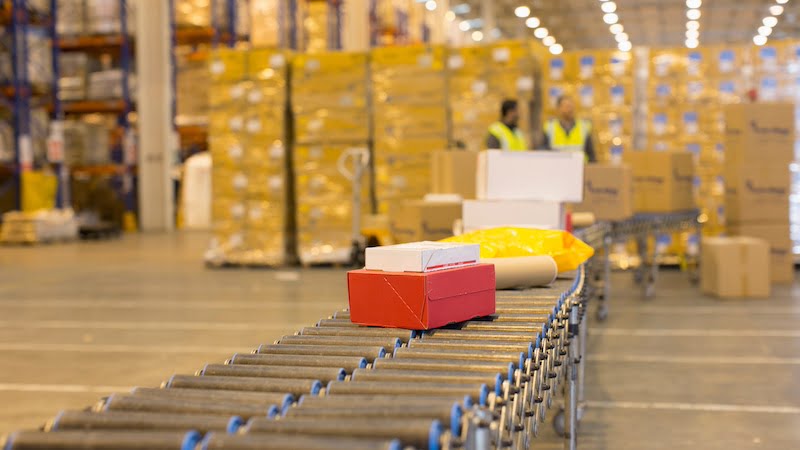
The volume of parcel deliveries has increased enormously in recent years. In order to relieve the pressure on the roads, a 500-kilometer-long conveyor belt is now being used in Japan to transport parcels.
The number of parcel deliveries has increased enormously in recent years. However, especially in large metropolitan areas, the ever-increasing volume of deliveries is pushing parcel services to their capacity limits.
In Japan, the numbers in the parcel industry have doubled in the last 30 years. According to forecasts, by 2030, almost a third of all parcels could only be delivered with significant delays.
On the one hand, this is due to overloaded logistics. But the shortage of skilled workers is also a factor here.
The problem is to be solved by a conveyor belt for parcels that connects the Japanese cities of Tokyo and Osaka. This could relieve the burden on the parcel industry.
Japan: Conveyor belt to transport packages
The Japanese Ministry of Land, Infrastructure, Transport and Tourism has presented the concept for the parcel conveyor belt. It will be 500 kilometers long and will connect the metropolitan regions of Tokyo and Osaka.
According to the ministry's plans, the automated conveyor belt could transport goods and parcel deliveries. Suitable locations for this would be, for example, the median strip on motorways or expressways as well as underground tunnel systems.
Standardized pallets that can carry a weight of up to 1,000 kilograms would then be used. According to calculations, the system could transport as many packages as around 25,000 trucks.
The project will not only address the logistics crisis but also help reduce greenhouse gas emissions. We want to move the discussions forward quickly.
According to Tetsuo Saito, Minister for Land, Infrastructure, Transport and Tourism, this would not only relieve the burden on the parcel industry, but would also save enormous amounts of CO2 emissions.
Project could fail due to costs
However, it is still unclear whether the project can actually be implemented. According to the ministry's plans, the conveyor belt should be transporting the first packages as early as 2034.
However, the high construction costs could still bring the project to a halt. A ten-kilometer section alone is expected to cost between 40 and 460 million euros. Overall, the project could cost up to 21.5 billion euros.
Due to the high investment sum, the Japanese ministry also wants to bring private companies on board. For example, logistics companies that want to use the conveyor belt for their packages should also contribute to the construction costs.
Also interesting:
Source: https://www.basicthinking.de/blog/2024/07/10/japan-foerderband-pakete/


